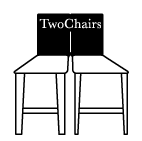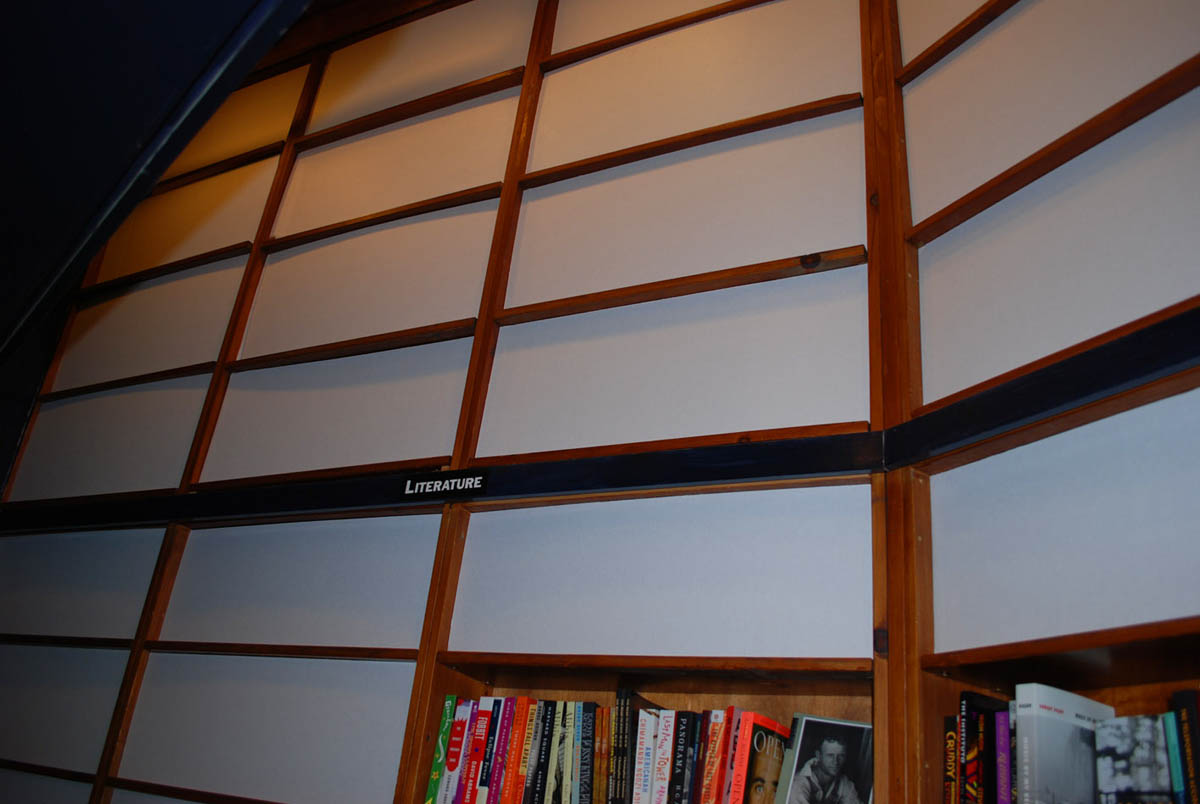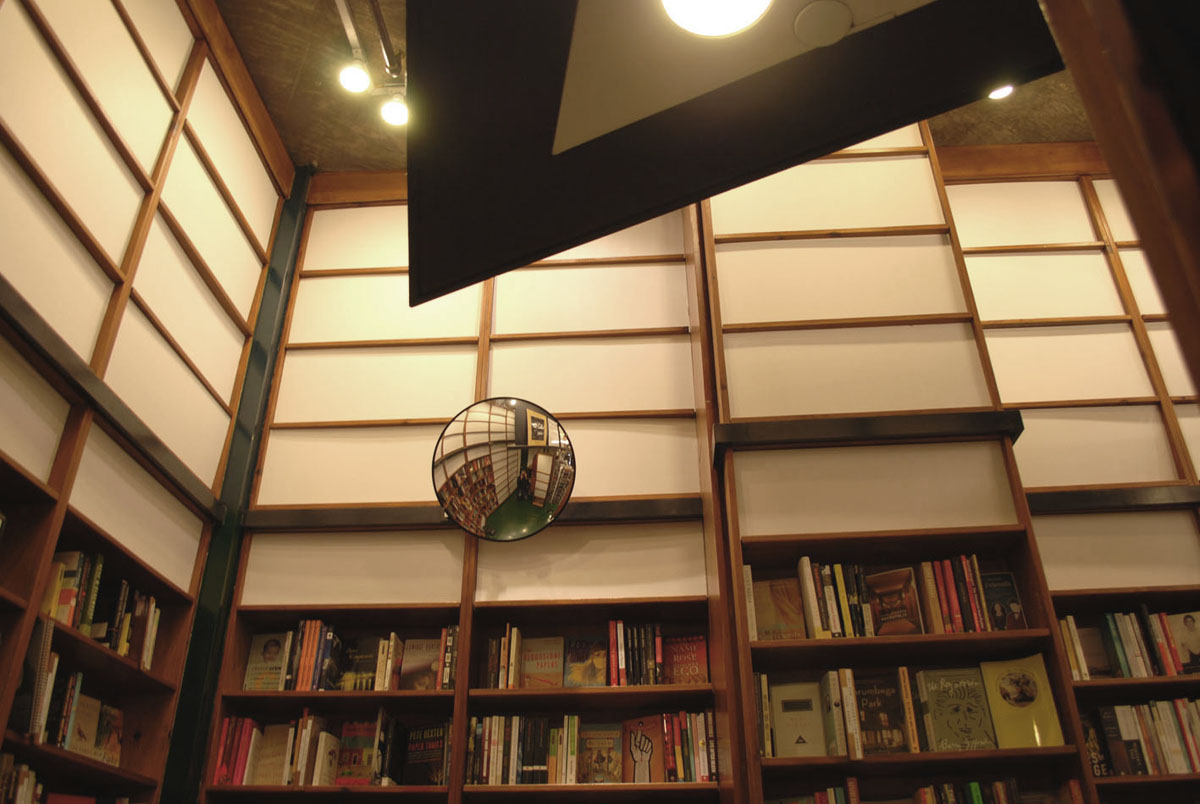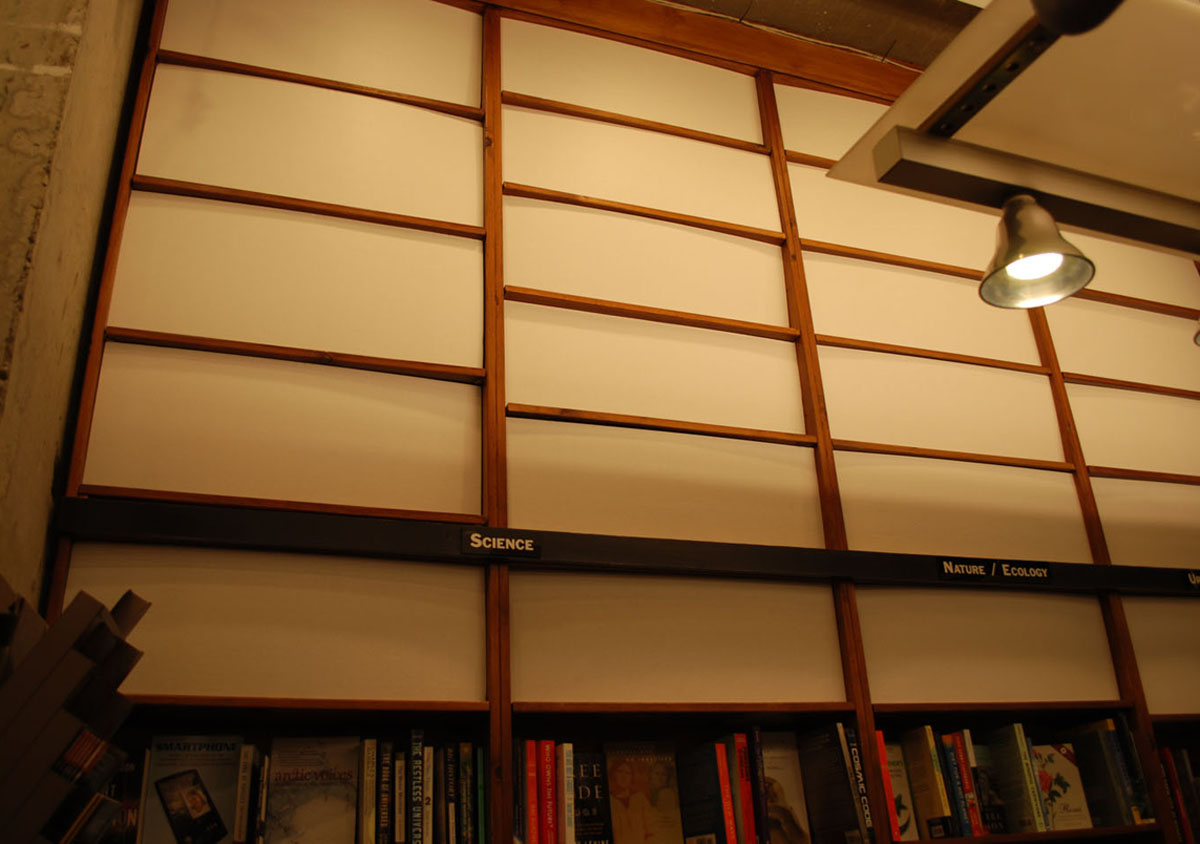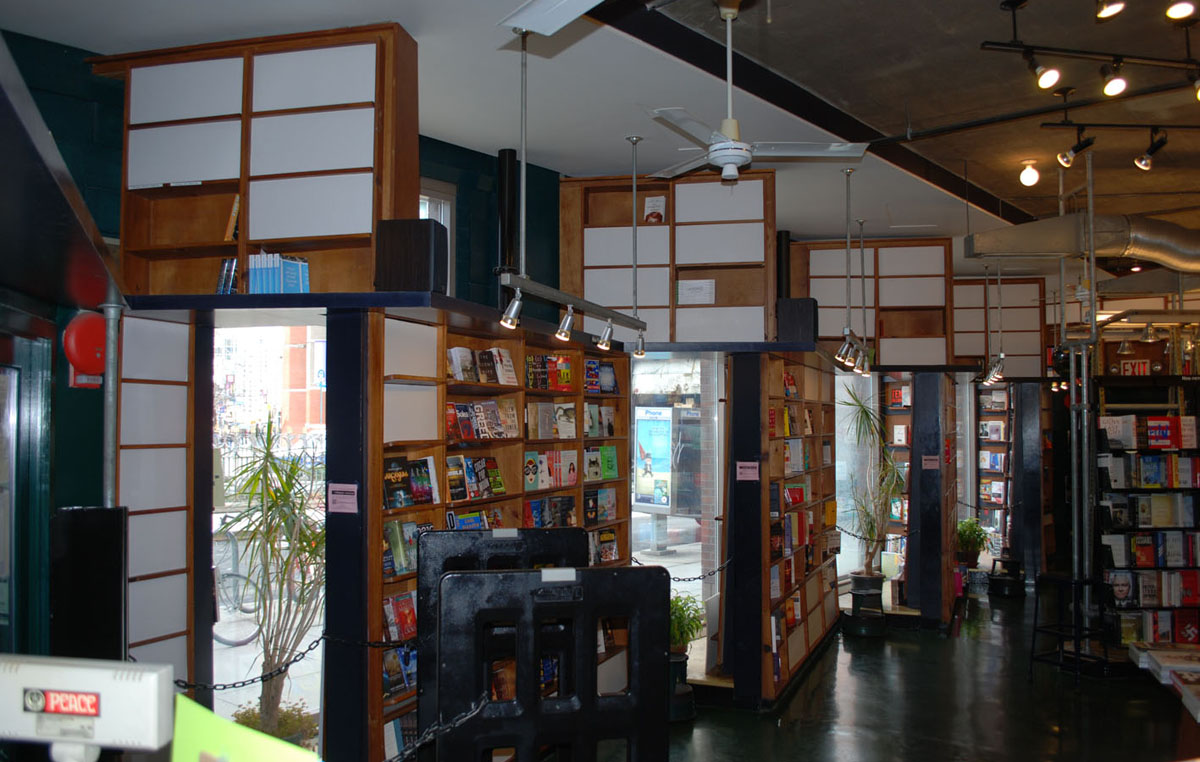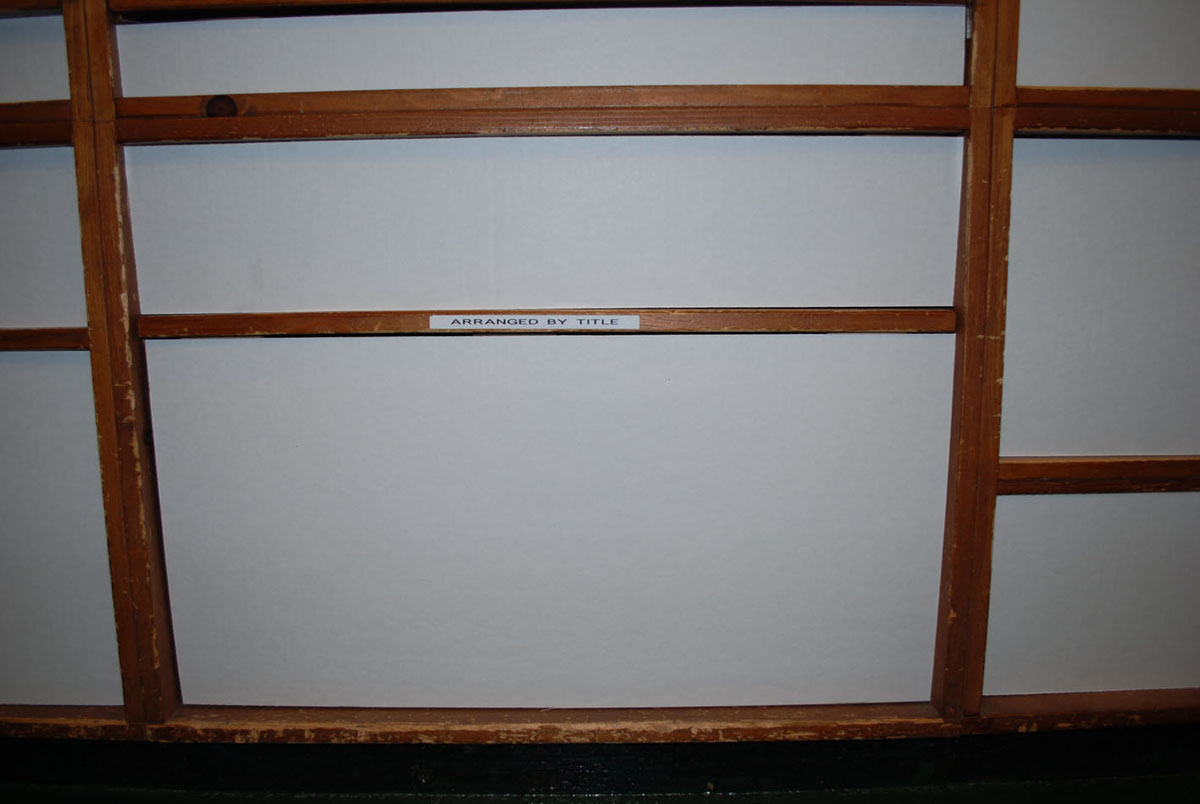mice
Haim Steinbach & Julia Weist
April 4 to May 9, 2014
Appropriation and ready-made are terms that this small exhibition deliberately avoids. What is presented here is a layering of intentions that stress the confines of art production and art history prompting other ways of presenting and thinking about a work of art. In dialogue with each other, these two works by Steinbach and Weist inform thought surrounding audience and reception; interpretation and misinterpretation.
Haunting this project is Michel de Certeau’s 1974 work The Practice of Everyday Life; a contribution to the field of Cultural Studies in relation to the everyday that focuses attention from producer onto consumer, reader and audience. de Certeau recalls an experience visiting a particular regional museum; he imagines past users and past communities through the museum’s intricate fabrication of a lived reality revealed in the arrangement of objects on display, in that moment crystallizing his thinking about proverbs and popular language; like objects, meaning in language is contingent not only on context and history but also on the “marks” left by use:
…abandoned and salvaged objects drew one’s attention, through them, to the ordered murmurs of a hundred past or possible villages, and by means of these imbricated traces one began to dream of countless combinations of existences. Like tools, proverbs (and other discourses) are marked by uses; they offer to analysis the imprints of acts or of processes of enunciation; they signify the operations whose object they have been, operations which are relative to situations and which can be thought of as the conjunctural modalizations of statements or of practices; more generally, they thus indicate a social historicity in which systems of representations or processes of fabrication no longer appear as normative frameworks but also as tools manipulated by users.
press_release_mice_extended_April_1
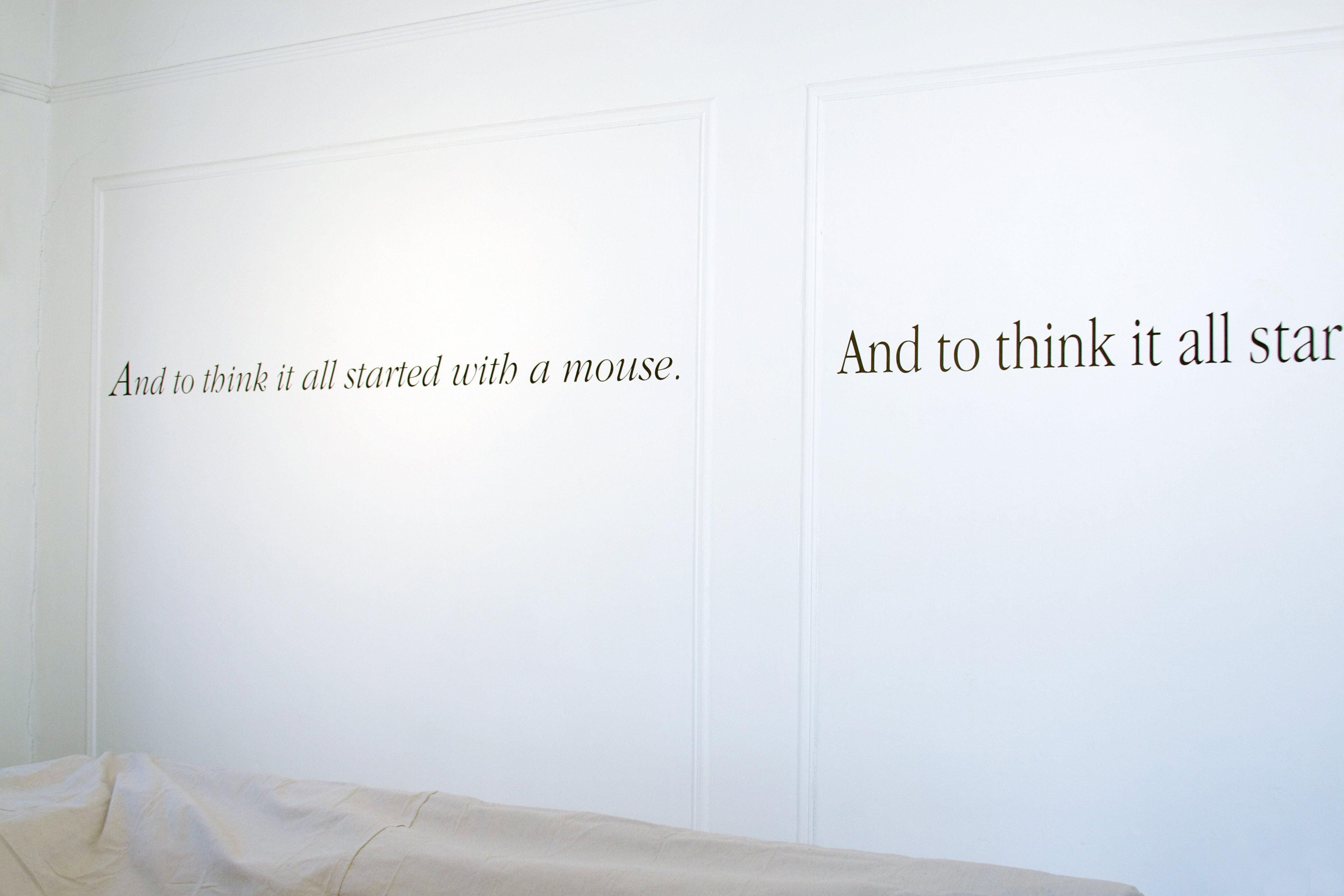
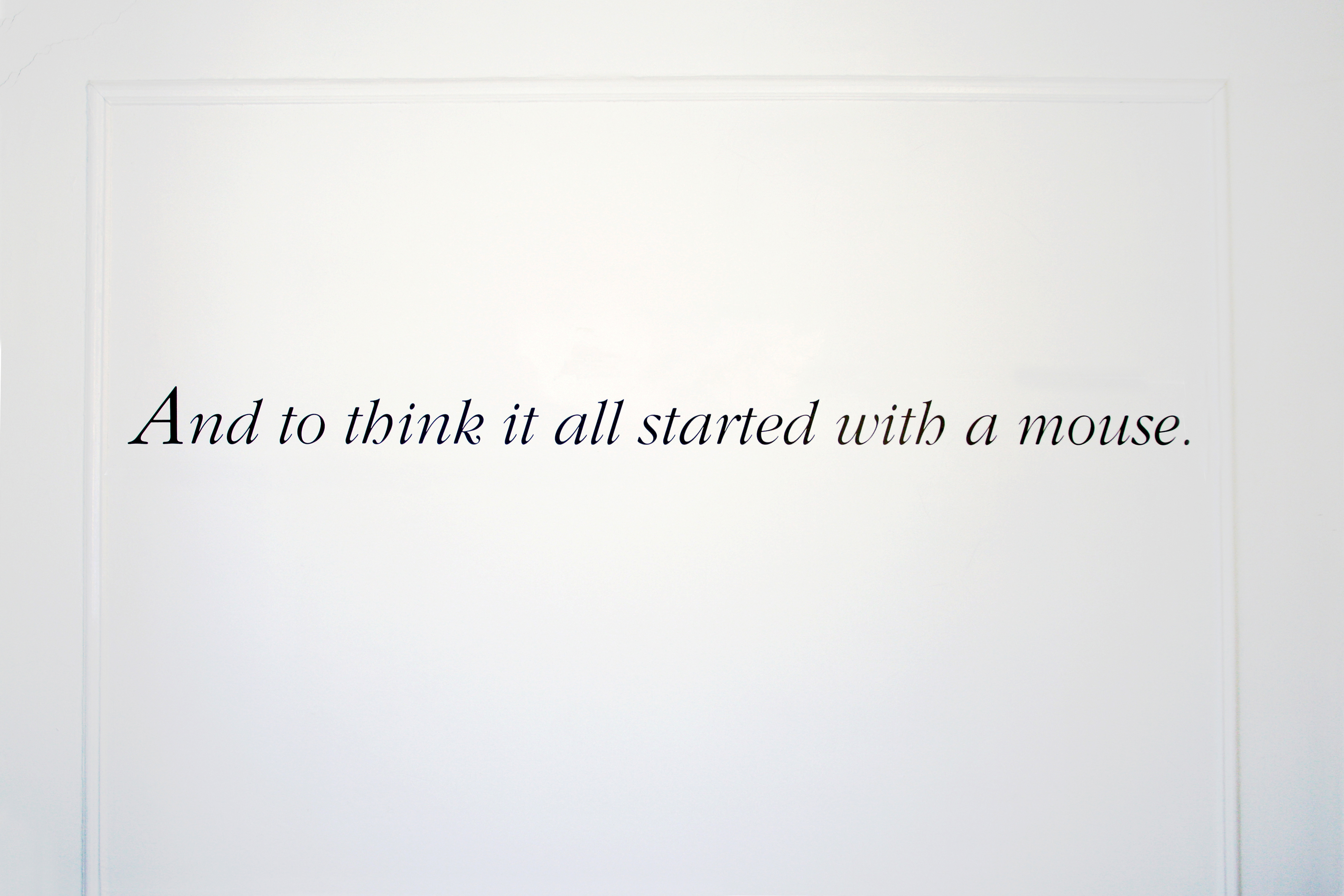

— ❧ —
(This is how you disappear/Grid) Case Study V 2014
an installation by Wolfgang Berkowski
April 8 to May 31, 2014
Reception for the artist April 8, 2014 6-8pm
St. Mark’s Bookshop
31 3rd Avenue, NY, NY 10003
212 260 7583
(This is how you disappear/Grid) Case Study V 2014, the latest in this series by artist Wolfgang Berkowski is a site-specific work that annexes the empty shelves in St. Marks Bookshop. Berkowski’s minimal work not only insinuates itself directly into the existing architecture of this iconic bookstore but also marks off the devastation produced by late capitalism. The spectacle of Berkowski’s blank shelves, on the verge of engulfing the shelves filled with books, prompts the viewer to consider the complex financial processes that bite away at the city, one real estate parcel at a time. St. Mark’s Bookshop is one point among innumerable others of the flattening and obliteration of cultural difference and cultural possibility wrought by our global, hyper-dominant market economy. The loss of local culture, not only this bookstore, radiates outward via rezoning and gentrification throughout the East Village community, the intellectual and artistic communities of the city, and finally the whole of New York City. Berkowski’s work also functions both as a monument to St. Mark’s Bookshop’s memorable past as well as an anti-monument to capital. There is some hope for the future silently embedded in this minimalist intervention because it offers the possibility of is own self-annihilation as an artwork when the shelves fill up again with books–if not at this location then at St. Mark’s Bookshop’s new location. To keep St. Mark’s Bookshop open and to resist the devastation to our city requires action that obliterates the real and perceived limits imposed on us.
*And…. Indiegogo crowdfunding campaign is underway to raise money to renovate the new space and pay for moving costs. The campaign ends April 26. Please contribute now to igg.me/at/Stmarksbookshopmoves
